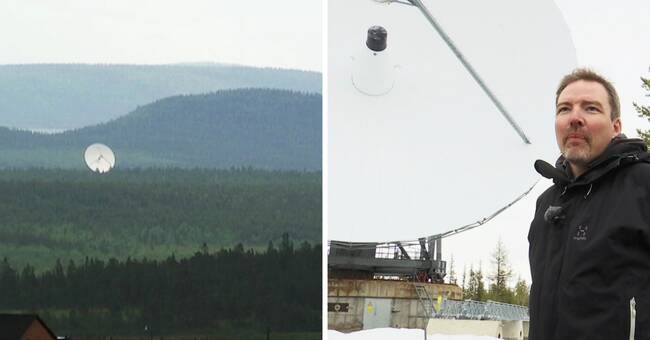The huge satellite dish, which is located half a mile east of Kiruna, can be seen in the distance and over the years has become something of a landmark.
But when the new antenna park near Torneträsk is completed in two years, the giant antenna will be demolished.
The background is that the computers that collect the data have become much more powerful since the space antenna was inaugurated in 1981. Now there is the capacity to collect data from 10,000 antennas at the same time.
- It is a change of technology quite simply, says Johan Kero, researcher at the Institute of Space Physics.
Antenna parks for SEK 600 million
The new antenna park is being built by the organization Eiscat, which also owns the old antenna.
It is a collaboration between the Nordic countries and the United Kingdom, Japan and China.
Many people are needed who are involved and contribute to the investment of SEK 600 million.
This also includes antenna parks in Skibotn in Norway and Karesuvanto in Finland.
The three antenna parks will interact and be able to provide a three-dimensional picture of different space phenomena.
Will contribute to space research
Johan Kero himself studies meteoroids that enter the earth's atmosphere and are burned.
He also mentions more areas where the new facilities will contribute to space research.
The Northern Lights - what do electric fields look like in the atmosphere?
Space weather - how does the earth react when the sun has erupted?
Ice clouds - how often do they occur in the upper atmosphere?
In the video above, Johan Kero tells the story of how the giant antenna came to be and why it plays its role.

